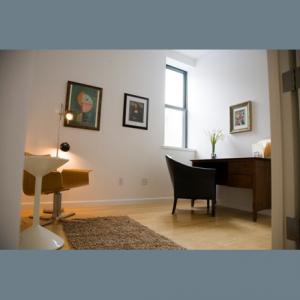
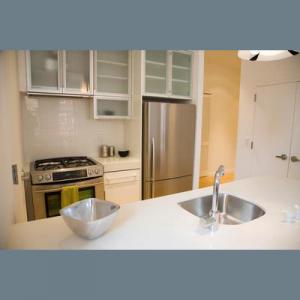
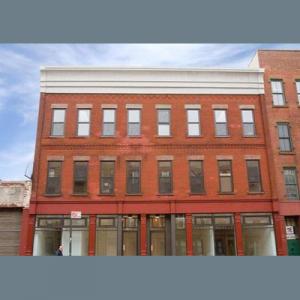
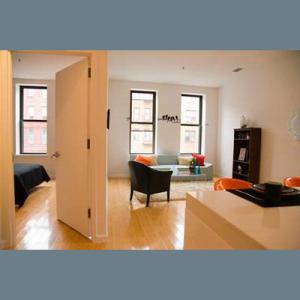
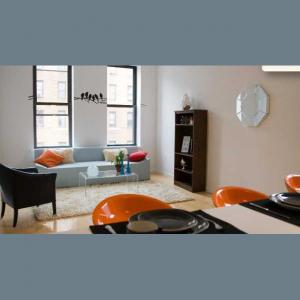
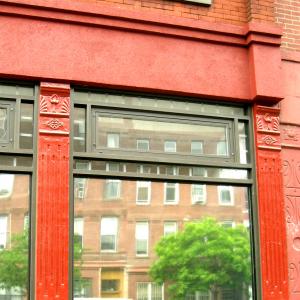
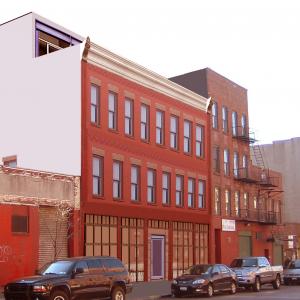
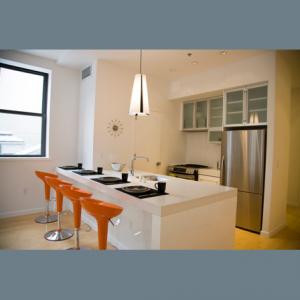
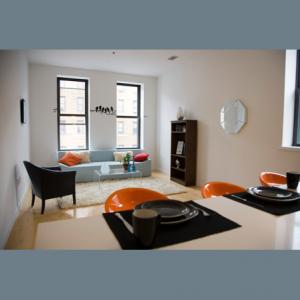
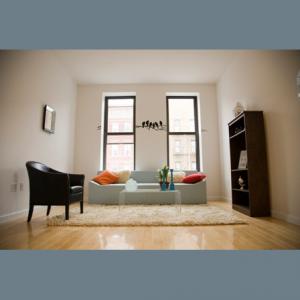

Project Manager/Designer: Robert M. Scarano jr.
Visit: www.canvascondos.com
For the apartment interiors, white washed bamboo floors are proposed, to compliment the clean line European white lacquer cabinetry, back-painted glass vanities, white painted brick walls and high ceilings. The interior design for this new 18 unit development includes kitchens, bathrooms, master bathrooms, public corridors and the entrance lobby. It comes from existing site images that create a fantasy out of an urban condition. For the apartment interiors, white washed bamboo floors are proposed, to compliment the clean line European white lacquer cabinetry, back-painted glass vanities, white painted brick walls and high ceilings.
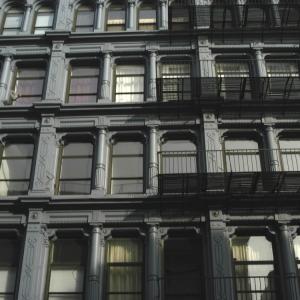
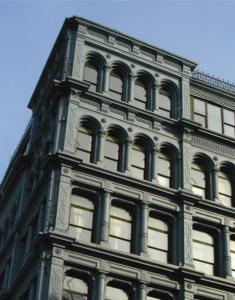
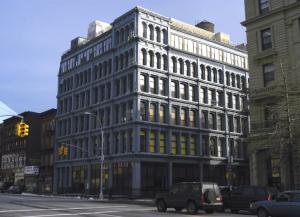
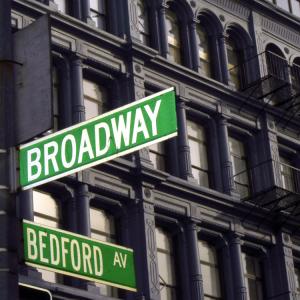
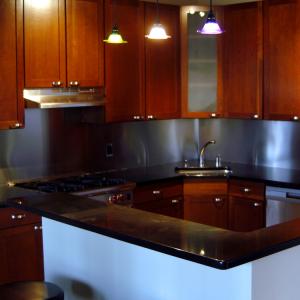
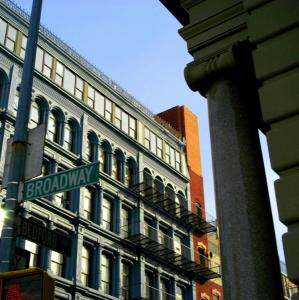

Project Manager/Designer: Robert M. Scarano jr.
Visit: www.aptsandlofts.com
The gut renovation, exterior restoration and addition to the dramatic cast-iron Smith-Gray condominium building, affectionately known to locals as "The Blue Building", constituted the preservation of a Brooklyn landmark. Our design approach was detail-oriented, and the careful design for the exterior restoration focused on the Corinthian columns, art deco detailing, large windows on the ground floor that progress into Roman arch-top windows on the upper floors, and subtle blue coloring. The facade details vary at every floor, which presented a detailing challenge for the restoration portion of the project. The overall effect gives the building a feeling of solidity and grace, complimented by gentle blue tones, which change according to the time of day. The penthouse addition is hardly visible from the street, in an attempt to maximize floor area without compromising the impact of the building in its context and its historical significance. The apartment layouts take full advantage of natural light and air, and all mechanical and plumbing shafts were consolidated to create an environmentally conscious design. The blending of new and old has produced a sensitively preserved structure and exterior wall system, which wraps around 40 unique loft-style apartments ranging from studio to three bedrooms in size. The addition of two penthouse floors brings this building to a total area of 60,000 square feet, with a construction budget of $4.5 million at approximately $75/sf. The renovation of this distinctive building spurred the conversion and development of over 15 projects within a one block range. It has, in addition, managed to attract many young professional buyers to this rapidly gentrifying community by providing a luxurious lifestyle with state of the art interiors in a classical setting.
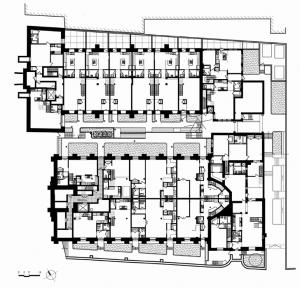
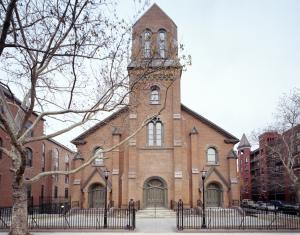
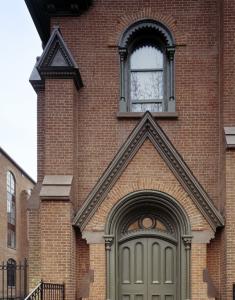
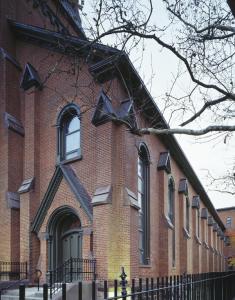
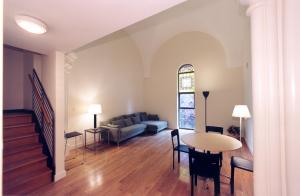
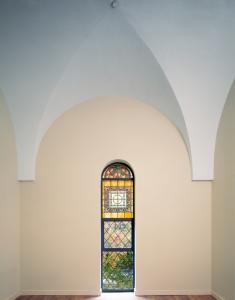
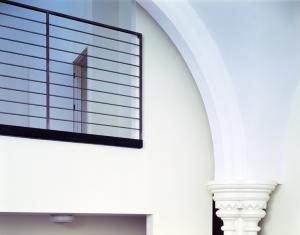
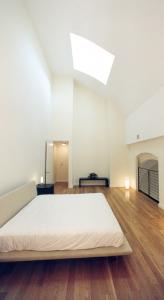
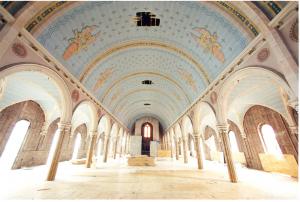

Project Manager/Designer: Robert M. Scarano jr.
Visit:
"The Arches" is a 95,000 s.f. adaptive reuse project in the Cobble Hill Historic District in Brooklyn, consisting of 60 high-end residences in three existing structures: a Church, Academy and Rectory, and one new building that links the existing buildings at ground level. New steel skeletons within existing envelopes were designed for the church and rectory, using existing bearing walls and wood trusses to support the roofs. The deteriorated facades required delicate detailing of the restoration, and the interior design incorporates original architectural elements such as vaulted ceilings, wood columns, exposed brick, wood trusses and stained glass panels. A 3,000 s.f. duplex that incorporates the bell tower, creating an atrium 30' high, is one of 32 unique apartment layouts. This development was unanimously accepted by the NYC Landmarks Preservation Commission, which praised the contextual design and approach to existing structures.
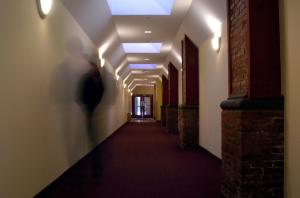
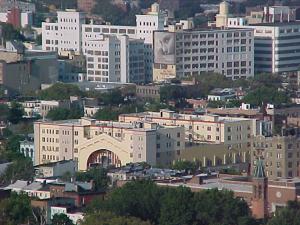
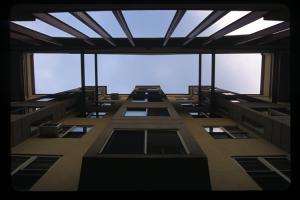
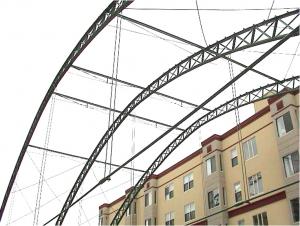
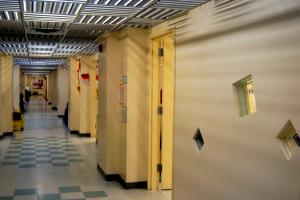

Project Manager/Designer: Robert M. Scarano jr.
Visit: http://www.clermontarmory.com
This adaptive reuse project transformed the abandoned First Battalion #105 Field Artillery Armory, the oldest armory in New York, from a neighborhood eyesore into a community asset. Specifically designed to meet the need for affordable housing with respect to its historic context, 'Armory Towers' has set an example for others that quality housing can be created in unexpected settings, and it is well suited to the historic 'Fort-Greene' Clinton-Hill area in which it thrives. The 154,000 square foot development is composed of two six-story elevator buildings containing 111 units of middle-income housing that are connected by a large landscaped central courtyard. The cellar and first floor include 30,000 square feet of parking for 113 cars and 7,000 square feet for the newly created Community Partnership Charter School, in addition to the residential lobby. In keeping with the intent of maintaining a sense of historic facades, multi colored synthetic stucco was used throughout to create distinctive exteriors. Large portions of the remaining structure have been carefully preserved and act as bearing walls. Three of the original 130-foot iron trusses span over the large garden courtyard between the towers, parting the original masonry walls, exposed to the sky, in an attempt to capture some of the historic character of the original Clermont Armory. A hybrid system consisting of a structural steel skeleton, masonry bearing walls and light gauge metal framing comprises the structural system. The construction cost was $11 million, at approximately $85/s.f. In addition to the Armory' success as an adaptive reuse project, it has created a notable revival in the neighborhood. Since its completion many businesses, and restaurants have opened in the area. We take pride in the Armory' achievements, not only as an architectural statement but also due to its social impact, which we value equally.
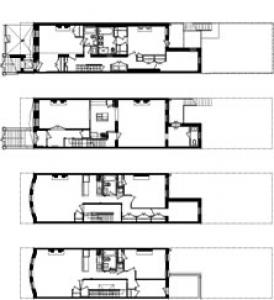
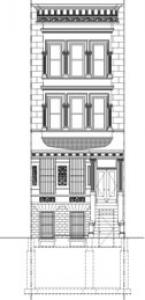

Project Manager/Designer: Robert M. Scarano jr.
Visit:
The resurgence of Harlem as a residential destination is followed by rapid development in a portion of this once blighted community in Manhattan. With a housing stock of elegant walkup brownstones, the renovation of this single building spurred the repair of many of the neighboring buildings along West 119th Street. The city's housing loan program, 203k, is responsible for the restoration of this and many other three-family projects. An owner's duplex and two rental units create a stable and secure residential property.